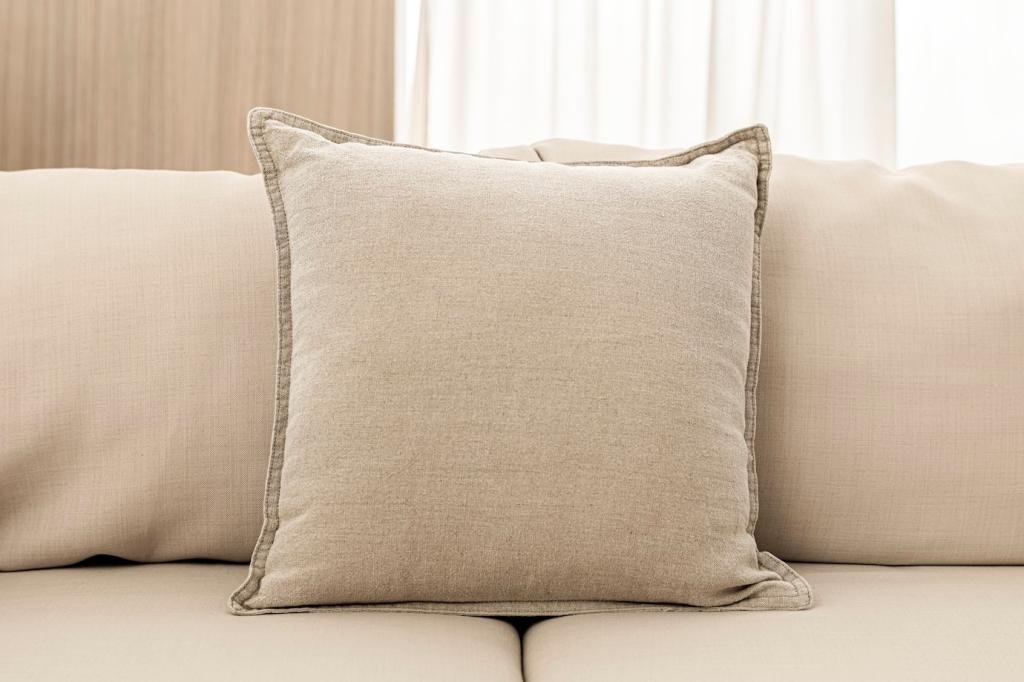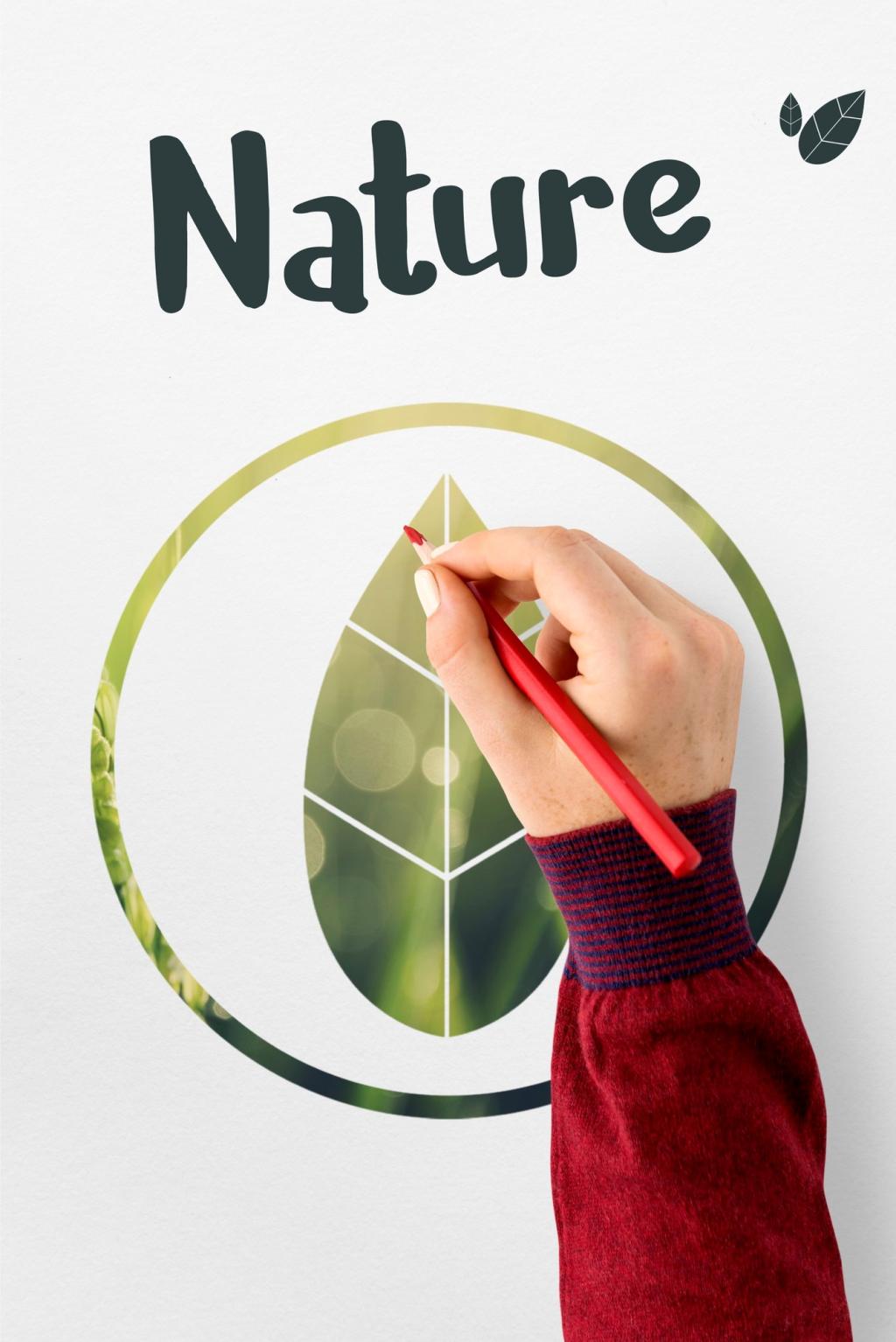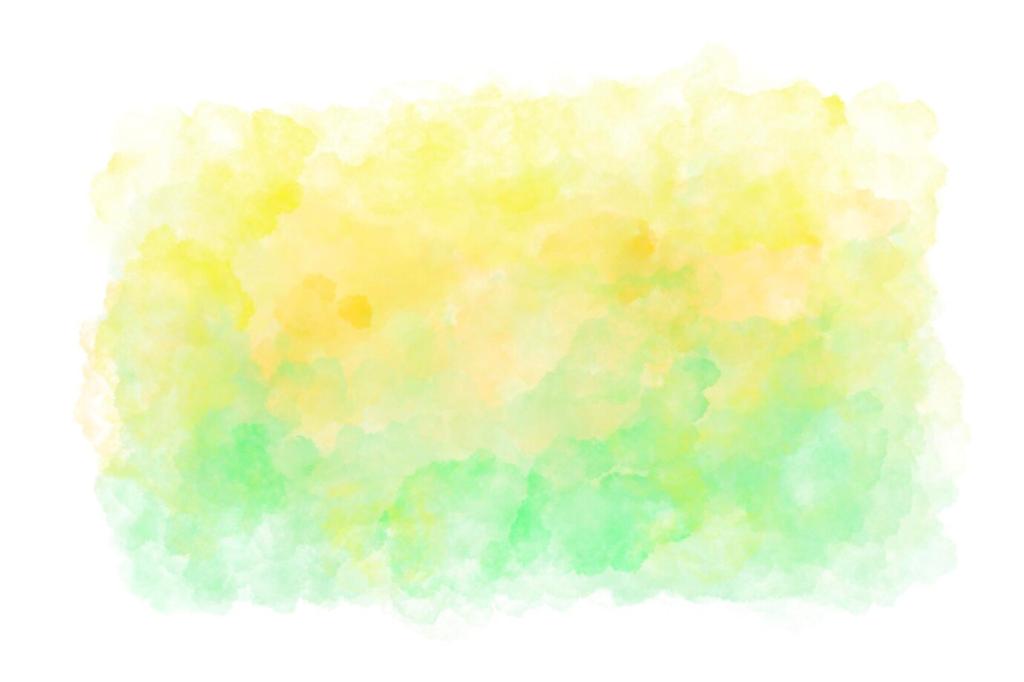Sustainable Materials for Eco-Friendly Interiors
Sustainable materials are at the forefront of eco-friendly interior design, offering innovative and environmentally conscious alternatives for every element of a living or working space. By selecting materials that are responsibly sourced, low-impact, and engineered for longevity, you contribute to a healthier planet while achieving a beautifully crafted environment. Explore the world of sustainable materials and discover how they can elevate your interiors with style, durability, and ethical integrity.
Previous
Next
Natural Fiber Textiles
Organic cotton offers a safe and sustainable choice for interior fabrics. Unlike conventional cotton, it’s grown without harmful pesticides, herbicides, or genetically modified seeds. This reduces environmental pollution and supports healthier ecosystems. Organic cotton textiles are soft, breathable, and hypoallergenic, making them ideal for upholstery, drapery, and bedding. By choosing organic cotton products in your interiors, you contribute to the reduction of carbon emissions and support responsible agricultural practices. Its natural beauty fits a variety of design aesthetics from modern minimalism to cozy farmhouse, ensuring style and substance in equal measure.

Bamboo flooring combines durability, style, and environmental responsibility. As a fast-growing grass, bamboo can be harvested in three to five years, unlike slow-growing hardwood trees. This rapid renewability significantly decreases deforestation pressures. Modern processing techniques create bamboo planks with the visual appeal and performance of traditional hardwoods while using far fewer resources. Its resilience makes it suitable for high-traffic areas, while the natural grain brings warmth and sophistication to any eco-friendly interior.
Innovative Bamboo Solutions
Natural Mineral Paints
Natural mineral paints are made from earth-derived ingredients such as clay, chalk, and mineral pigments. These paints contain little to no synthetic chemicals, ensuring minimal environmental harm during production and use. Their breathability helps regulate indoor humidity and prevents mold growth. Mineral paints produce deep, subtle colors with a matte finish, creating a serene and authentic ambiance in living spaces. They are ideal for those seeking to combine sustainability with timeless, natural beauty.
Plant-Based Finishes
Plant-based finishes, including oils and waxes derived from linseed, tung, or soybean, offer a non-toxic alternative to conventional polyurethane or acrylic coatings. These finishes penetrate wood and other surfaces to enhance durability and water resistance without releasing harmful VOCs. They accentuate the natural grain and color of materials, allowing the inherent beauty of sustainable woods to shine through. By opting for plant-based finishes, homeowners ensure healthier living spaces while respecting the planet’s resources.
Low-VOC and Zero-VOC Paints
Low-VOC (volatile organic compound) and zero-VOC paints are scientifically engineered to release minimal or no airborne toxins, addressing major indoor air quality concerns. These paints are widely available in a spectrum of hues and finishes, enabling creative expression without compromising on sustainability. By choosing low or zero-VOC options for walls, woodwork, or ceilings, you reduce environmental pollution and promote homes that are healthy, safe, and comfortable for their inhabitants over the long term.

Recycled glass surfaces are engineered by melting down post-consumer glass bottles, windows, and other discards to create vibrant countertops, tiles, and accent pieces. These products divert significant waste from landfills while reducing the need for energy-intensive raw material extraction. Each surface sparkles with embedded color fragments, delivering an unparalleled sense of character and artistry. Their resilience and ease of maintenance make them a striking and sustainable choice for kitchens, bathrooms, and feature walls.

Upcycled ceramic tiles make use of offcuts, industrial rejects, or broken pieces that would otherwise be discarded. Through clever reassembly or re-glazing, these fragments are transformed into stunning mosaics or patchwork installations. The process preserves valuable resources and reduces manufacturing emissions. Upcycled ceramic tiles offer a creative way to express individuality while championing sustainability, breathing new life into forgotten materials and avoiding the environmental toll of new tile production.

Glass bottle accents, such as light fixtures, vases, or partition walls, repurpose everyday glass containers into striking design features. Rather than disposing of glass, artisans cut, shape, and polish bottles to highlight their intrinsic beauty and translucence. Incorporating glass bottle elements reduces waste and adds unexpected visual interest, bringing playful color and light to interiors. This inventive reuse approach aligns perfectly with the ethos of an environmentally mindful lifestyle, merging aesthetics and eco-innovative thinking.
Biodegradable Wall and Floor Coverings
Cork Flooring
Cork flooring is derived from the bark of cork oak trees, harvested without harming the tree itself. This renewable strategy allows cork oaks to absorb significant carbon dioxide, actually benefiting the environment. Cork’s natural resilience and softness make it a comfortable flooring solution, while its inherent antimicrobial and hypoallergenic qualities enhance indoor health. The warm, organic aesthetic of cork complements a wide variety of interiors, making it a top choice for sustainable design advocates.
Linoleum
Linoleum is a classic yet often overlooked biodegradable flooring option, made from linseed oil, wood flour, cork dust, and natural pigments. Unlike vinyl, it contains no plastics or toxic chemicals, and it breaks down harmlessly in the environment. Linoleum is durable, water-resistant, and available in a plethora of colors and patterns, making it suitable for any room. Its antimicrobial properties contribute to healthier interiors, while its low environmental impact supports an authentically green lifestyle.
Paper-Based Wallcoverings
Paper-based wallcoverings use recycled fibers and water-based inks to deliver beautiful, environmentally responsible wall solutions. These coverings are fully biodegradable, composting back into the earth at the end of their useful life. Many are produced in low-energy, closed-loop facilities that minimize water and chemical usage. With a range of patterns and textures, paper-based wallcoverings cater to diverse design tastes while promoting a cycle of renewal that lies at the heart of eco-friendly interiors.
Previous
Next
